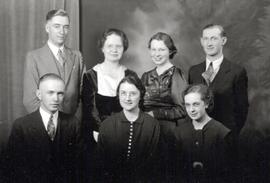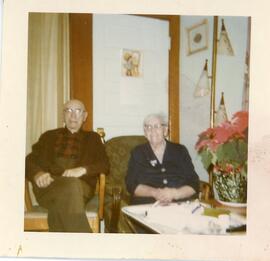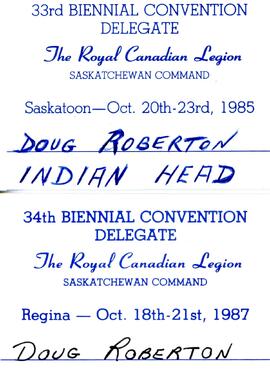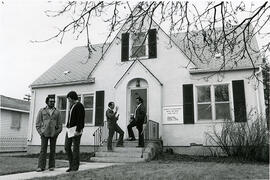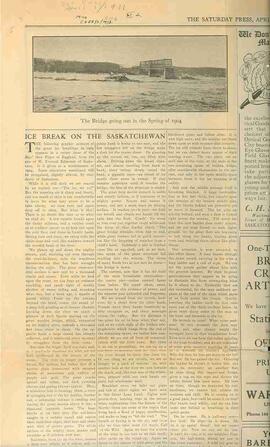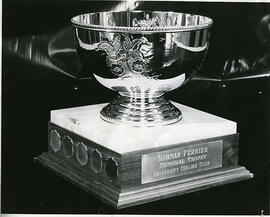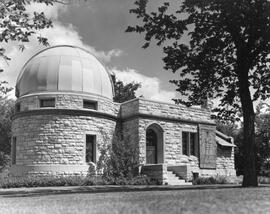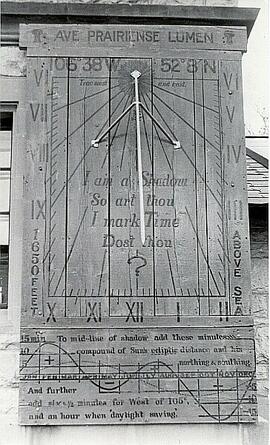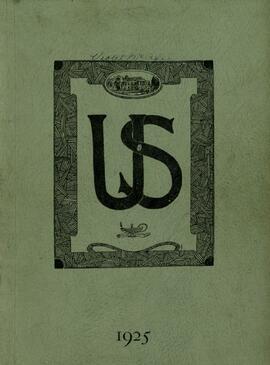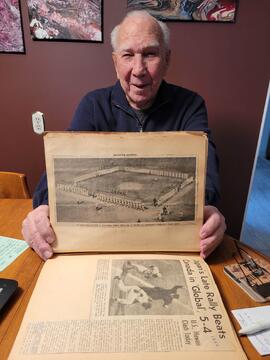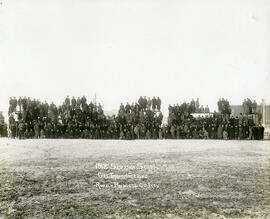Morton Historical Association - Executive - Group Photo
- A-2954
- Item
- [1933 or 1934]
Executive of the Morton Historical Association. Written on back of photo are names: K.M. Benson, Jean E. Murray, Ruth Smith, P. Jordan, Jean MacKay, Beth Stewart and Jack Purves.
Bio/historical note: Membership in the Historical Association, formed in 1917-1918, was open to any student who had taken one course in history at the University. Professor A.S. Morton fostered the society from the beginning and proved a source of inspiration in awakening and sustaining interest not only in ancient history and historical research, but also in modern problems and events. A photograph of members and a brief account of the Associations activities appears in most editions of the official yearbook or Greystone.

